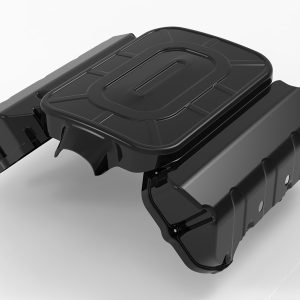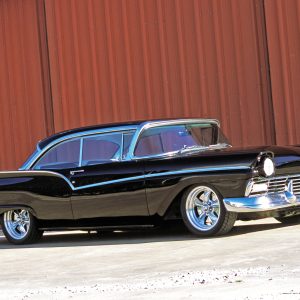Drag Race
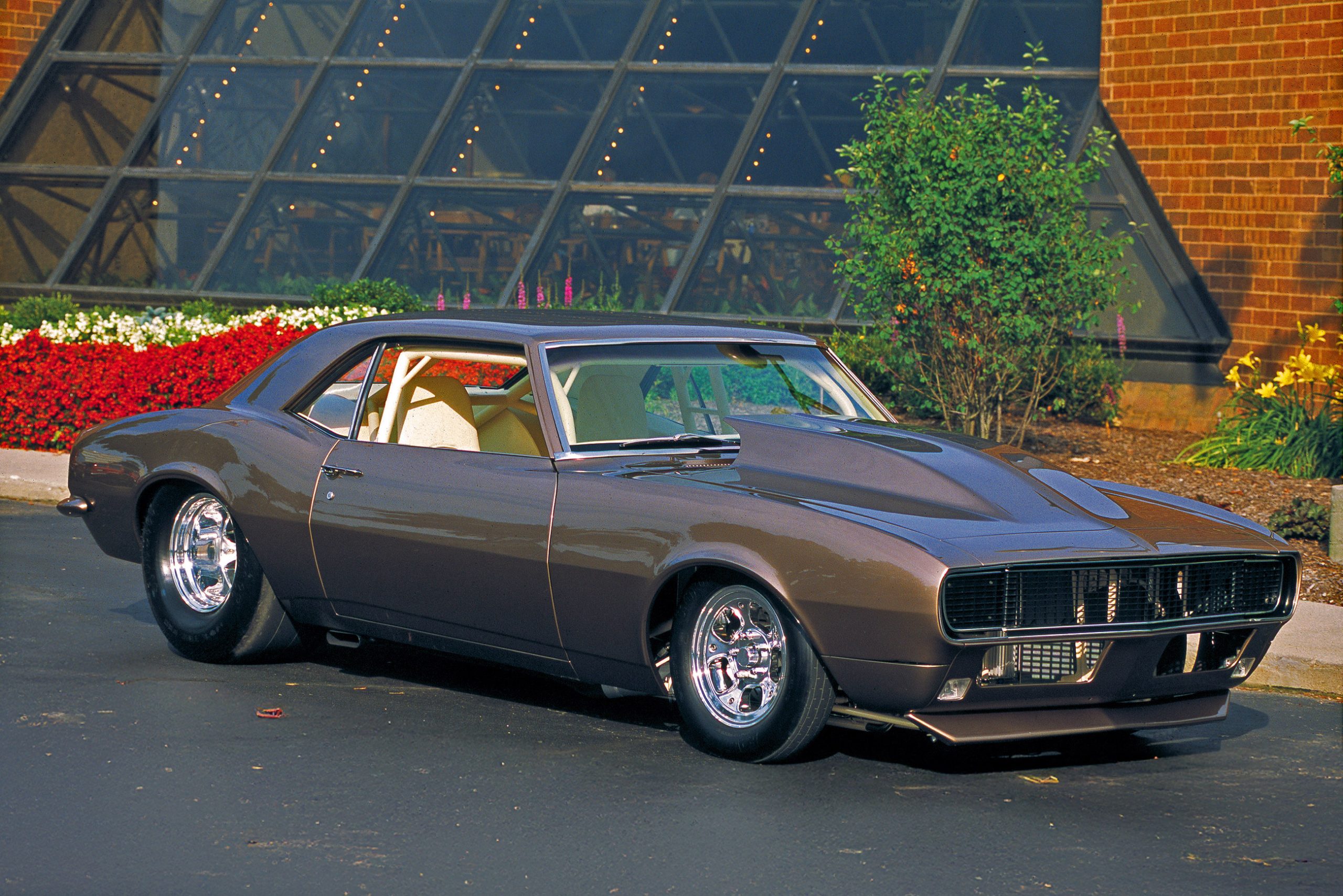
If you ask car enthusiasts to identify their favorite ’60s Chevy, most will say a Camaro. If you want a more specific answer, you probably will get mixed responses between the ’67-’68 models and the ’69. Troy Leiphart is one of those enthusiasts who like the early models, because they are smoother looking than the ’69 and look meaner when done right. That love affair with ’68 Camaros started when he was a kid. His older brother Ernie owned a maroon ’68, and Leiphart thought it was the coolest car around. After awhile, money got tight for Ernie, so Leiphart purchased the car from his brother. Leiphart drove the cool Camaro with much pride, fixed it up and spent time at the drag races, where the car did well. Eventually the engine blew and he couldn’t afford to fix it, so he sold the car back to his brother.

Building an engine that produces more horsepower than its stock configuration can be done in many ways. However, supercharging has proven to be one of the best ways to make the most horsepower over stock. Superchargers are air pumps that force a “super” charge of air into an engine, which in turn allows the engine to make more power. A Roots supercharger or blower is a sealed case with two rotors inside. It is driven through the crankshaft by belts and pulleys, causing the spinning rotors to force compressed air into an engine.
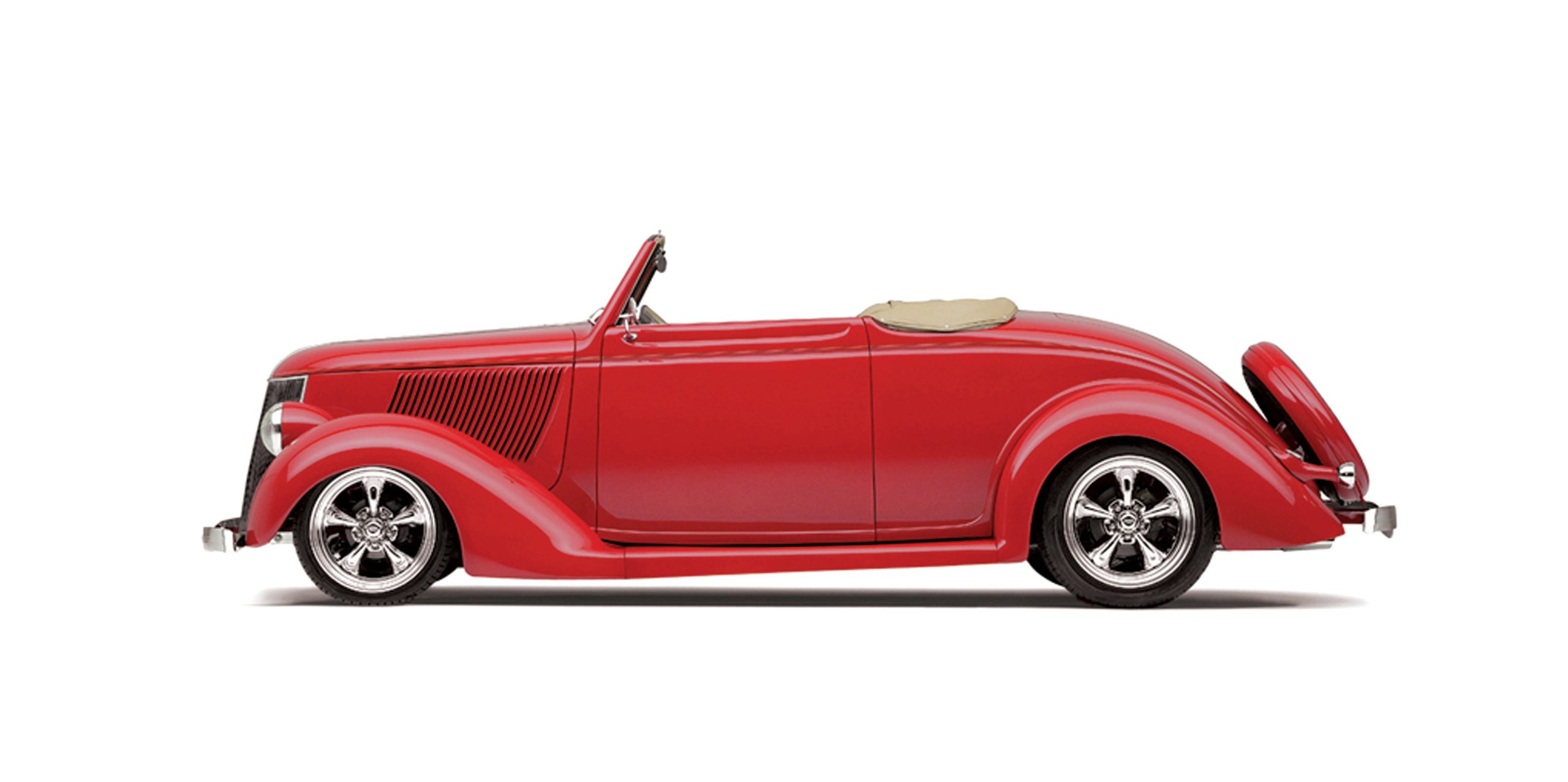
Undoubtedly, the most significant and influential hot rod component in recent history is the American Racing five-spoke Torq-Thrust wheel. It has been the most-copied wheel ever, as American Racing continues to fight off design infringements. In its many legitimate variations, it has—in many ways—influenced the whole of the aftermarket automotive car culture. No single wheel has ever made such a significant impact on the customizing scene as the Torq-Thrust has.
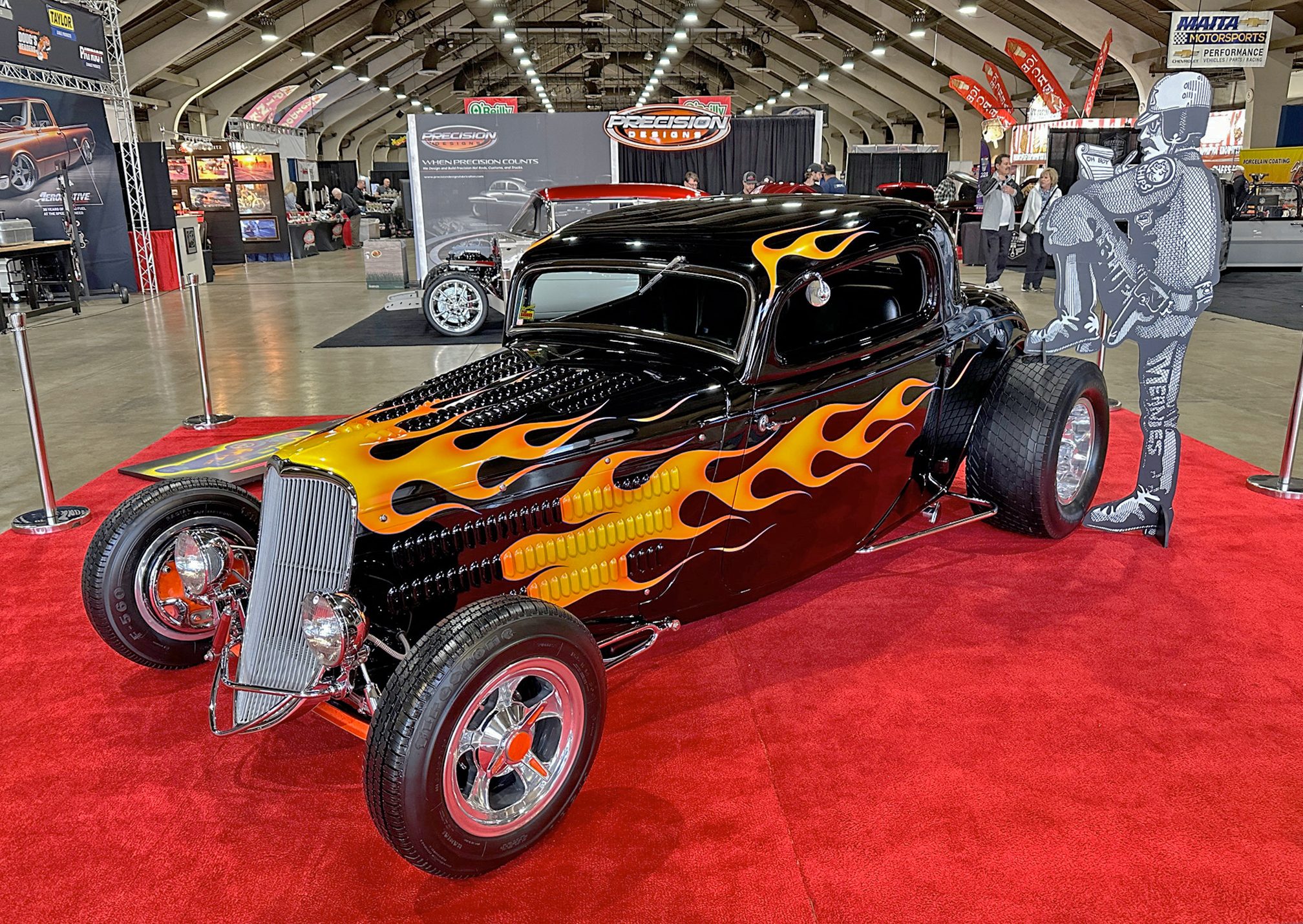
On May 19, 2025, the hot rod community lost one of its most respected and beloved figures—Tom Prufer. For those familiar with polished frames, hand-fabricated parts, and the unmistakable smell of hot oil on cold mornings, Tom was more than just a builder—he was a quiet giant in the world of traditional rods and custom craftsmanship.

Decades ago, Ford made the jump from four-speed manual transmissions to five-speeds. Newer Cobras even feature six-speeds, so it’s natural that those who own earlier Mustangs with four-speed manuals now feel a little gear envy. Many people love the feel of having a manual transmission, but if you’re still using a four-speed, you’re missing out on a lot of performance and economy potential. Adding a transmission with additional gears places your gears closer together for better acceleration and gives you more gears to choose from for easier cruising. But which transmission is right for your Mustang? You need one that’s strong, smooth and capable of bolting to your engine, and it’s not easy to find all three attributes in the same gearbox.

Gary Moore is no stranger to hot rods; he has owned literally dozens of them over the years. Past rods include no fewer than seven Deuces, a couple of altered drag roadsters, three ’40 coupes, three woodies…well, you get the idea. Like many hot rodders, Moore has an eye for the unique, and while his current stable holds a Deuce highboy roadster, a ’27 roadster pickup and a ’51 Ford woody, a couple of years ago he contracted “straight-axle fever.”

In the world of high-performance builds, attention to detail sets great cars apart from the rest. That’s why Factory Performance™ Parts, a division of PROFORM® Parts, has taken a fresh approach to a time-tested workhorse with the launch of the new Slant-Edge 100 Amp Alternators—a stylish, high-output evolution of the iconic GM 10SI. Designed for those who care as much about what’s under the hood as how it looks when the hood is up, the Slant-Edge delivers form and function in equal measure.

Advanced Fuel Dynamics is set to revolutionize the fuel sensor market with their new E-Sense high-flow performance-grade fuel content sensor. This sensor offers a competitively priced, top-tier alternative to the GM/Continental sensor, designed with cutting-edge technology to provide enhanced performance for high-flow fuel systems. It is an essential upgrade for enthusiasts and professionals alike.

Whether you’re in the driver’s seat or looking underneath the hood, it’s the first place enthusiasts come to find out what a car is all about. After all, without the right engine package, everything we long for in our cars would be nothing more than static displays of creative artistry.

When a good portion of your life has been immersed in Pro Mod, Pro Stock, Top Sportsman and other forms of drag racing, it’s likely those interests will carry over to other, similar interests. And so it is that many legendary racers end up building what often turns out to be milder versions of the vehicles and engines that were so instrumental in their lives. Just imagine the knowledge they could apply.










